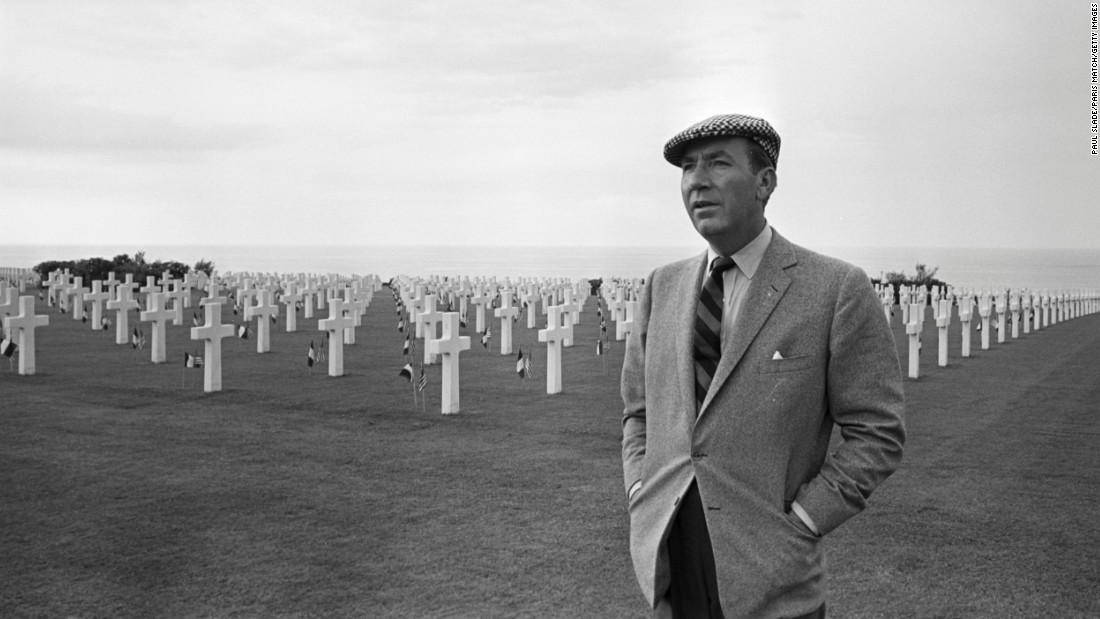

Ryan's 1957 book One Minute to Ditch! is about the successful ocean ditching of a Pan American Boeing 377 Stratocruiser. Zanuck paid the author US$175,000 for the screen rights to the book. Ryan helped to write the screenplay for the 1962 film of the same name. It was an instant success, and film rights were purchased. He completed it and published it in 1959. In 1956 he began to write down his World War II notes for The Longest Day: 6 June 1944 D-Day, which tells the story of the D-Day Invasion of Normandy. He began compiling information and conducting over 1000 interviews as he gathered stories from both the Allies and the Germans, as well as French civilians. On a trip to Normandy in 1949, Ryan became interested in telling a more complete story of Operation Overlord than had been produced to date. Ryan became a naturalized citizen of the United States in 1951. He married Kathryn Morgan (1925–1993), a novelist. This was followed by work for other magazines, including Collier's Weekly and Reader's Digest. He also reported for Time on the Israeli war in 1948. He reported on the postwar tests of atomic weapons carried out by the United States in the Pacific.

Ryan emigrated to the United States in 1947 to work for Time. He travelled to Jerusalem in 1946 to cover the end of the Palestinian mandate and rise of an independent Israel. That year he transferred to the Pacific theater until the war ended there. Patton's Third Army and covered its actions until the end of the European war in 1945. After the US entered the war, he flew along on fourteen bombing missions with the Eighth and Ninth United States Army Air Forces (USAAF). He initially covered the air war in Europe. Ryan moved to London in 1940, where he became a war correspondent for The Daily Telegraph in 1941. What I write about is not war but the courage of man. He was a boy scout in the 52nd Troop of the Catholic Boy Scouts of Ireland and travelled on their pilgrimage to Rome on the liner Lancastria in 1934. He was an altar boy at St Kevin's Church, Harrington Street and studied the violin at the Irish Academy of Music in Dublin. Ryan was born in Dublin and educated at Synge Street CBS, Portobello, Dublin, Ireland. In 1951 Ryan became a naturalized US citizen and lived there for the remainder of his life.

He immigrated to the United States in 1947 to work for Time. After the war, he covered the establishment of Israel. He became involved in covering World War II and travelled with troops in Europe. He was especially known for his histories of World War II events: The Longest Day: 6 June 1944 D-Day (1959), The Last Battle (1966), and A Bridge Too Far (1974).īorn and raised in Dublin, Ireland, he began working as a journalist in London in 1940. Cornelius Ryan (5 June 1920 – 23 November 1974) was an Irish journalist and author known mainly for writing popular military history.


 0 kommentar(er)
0 kommentar(er)
